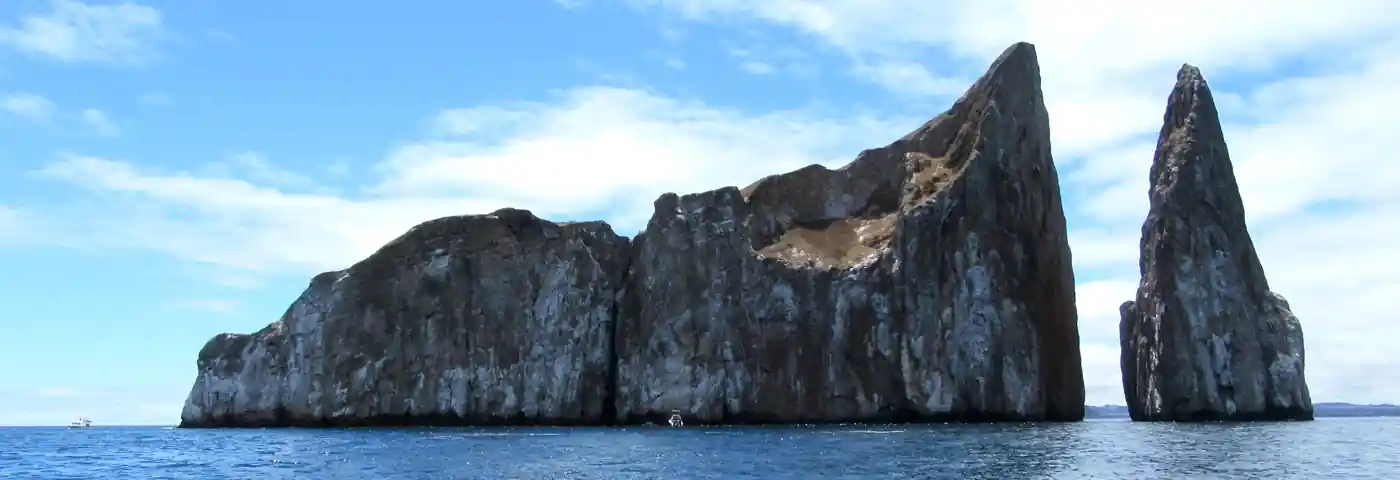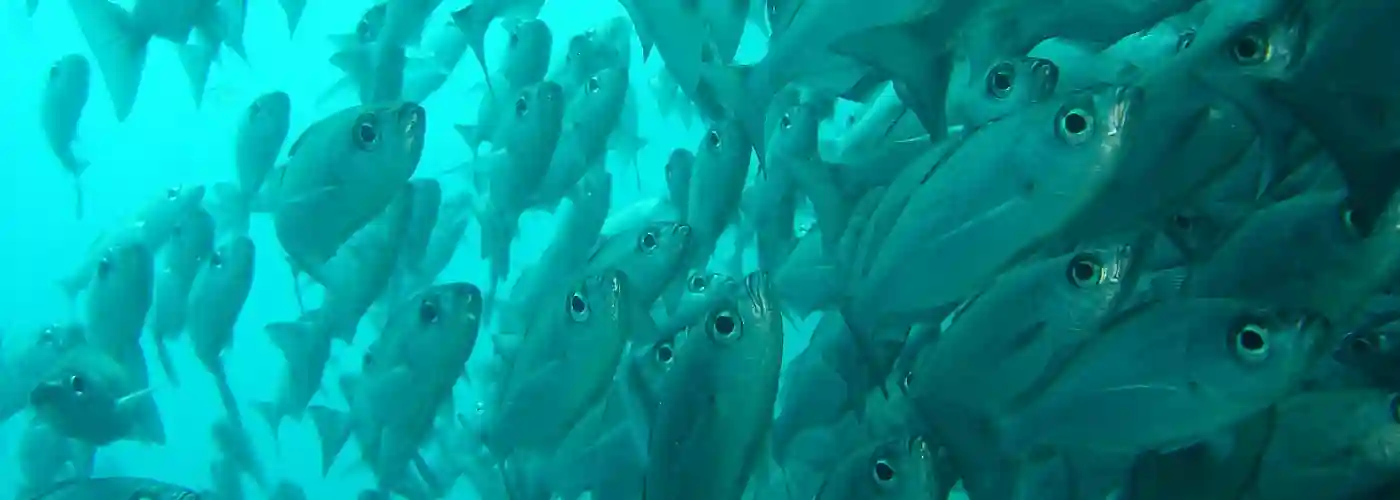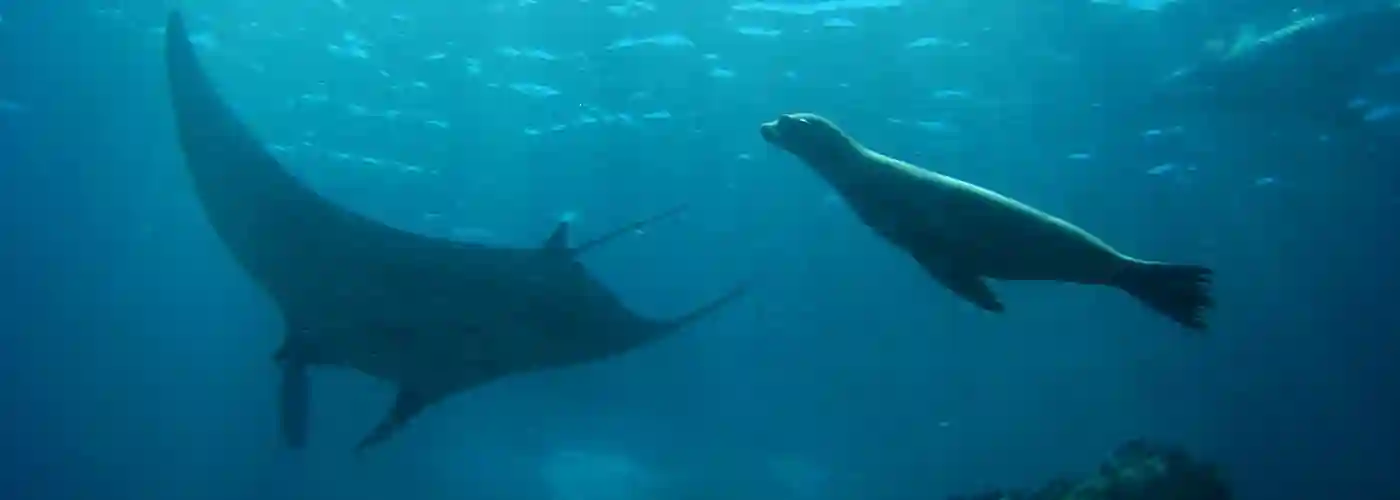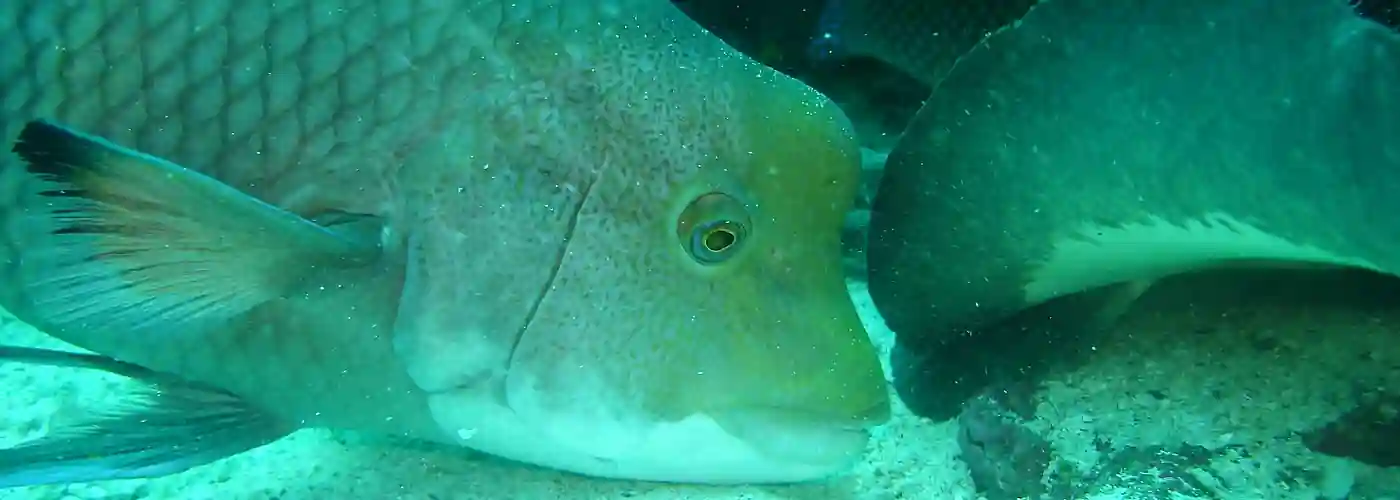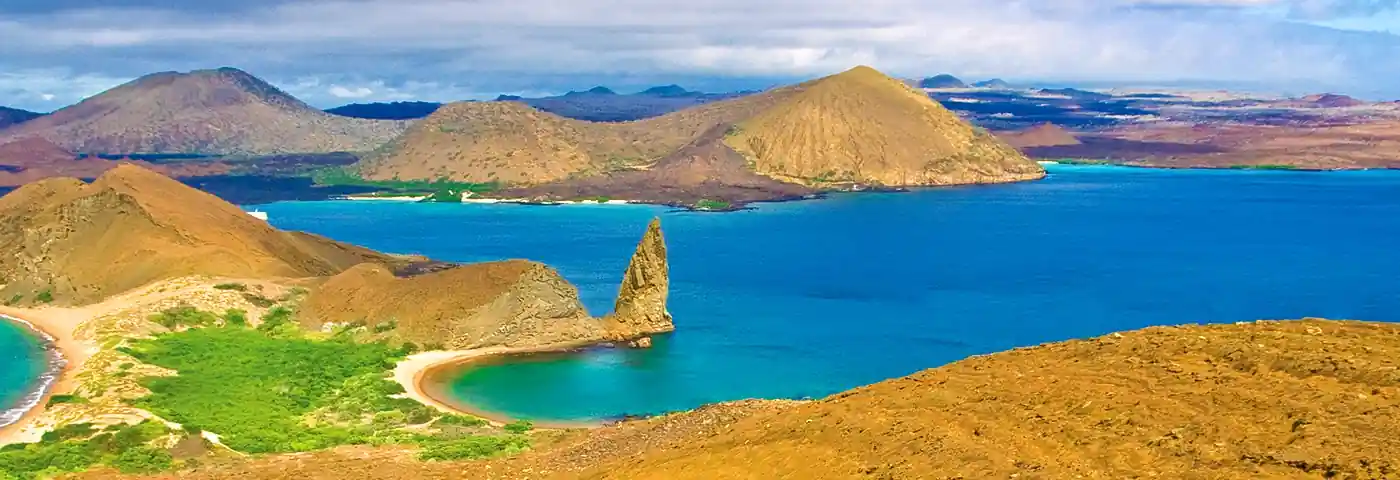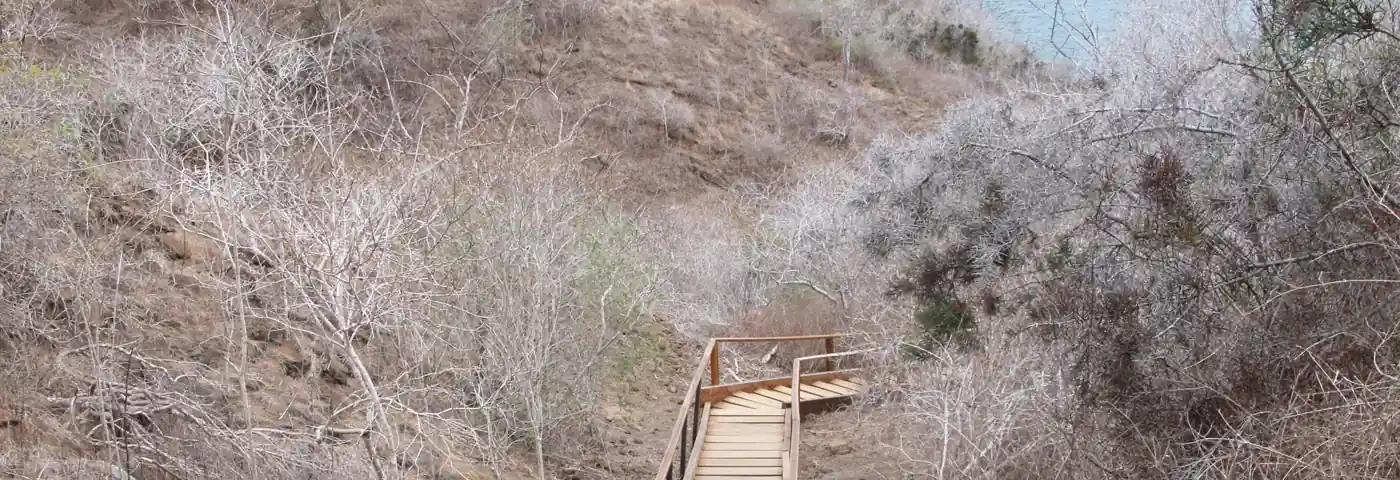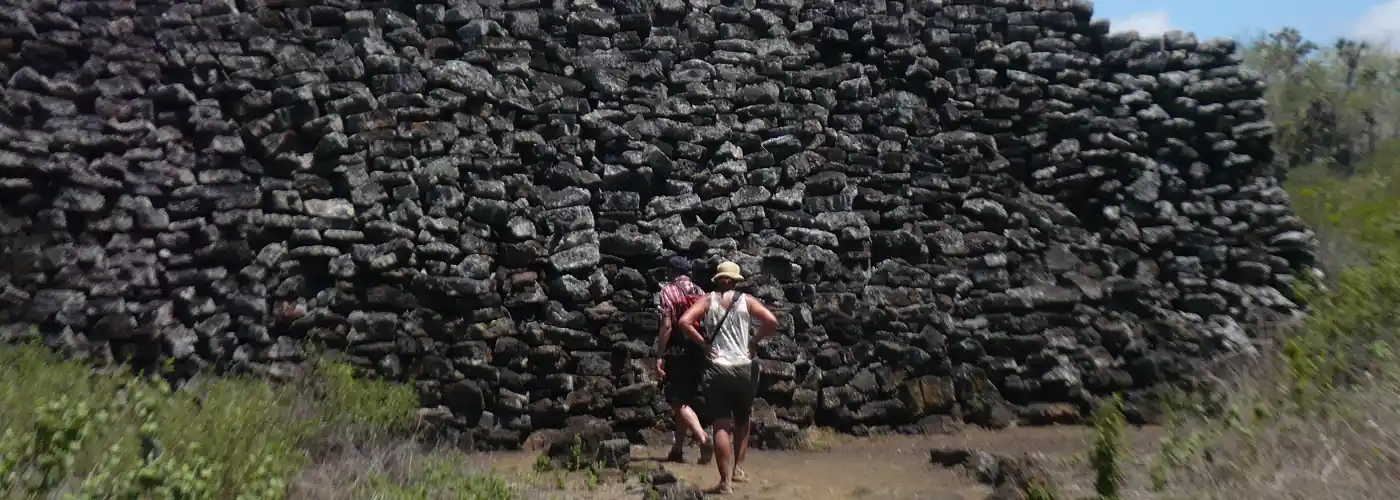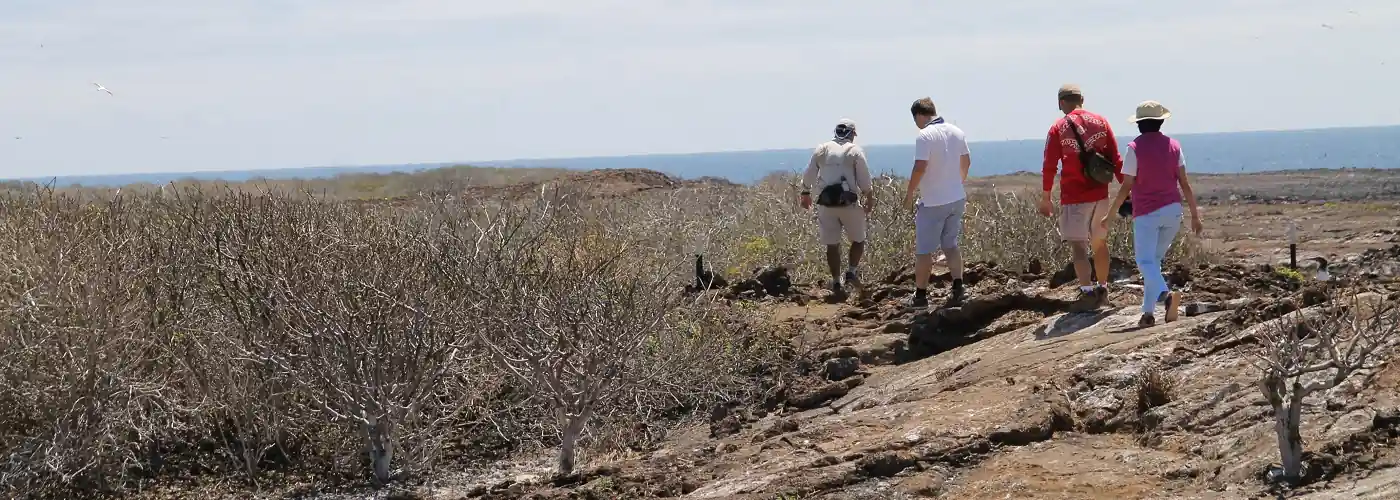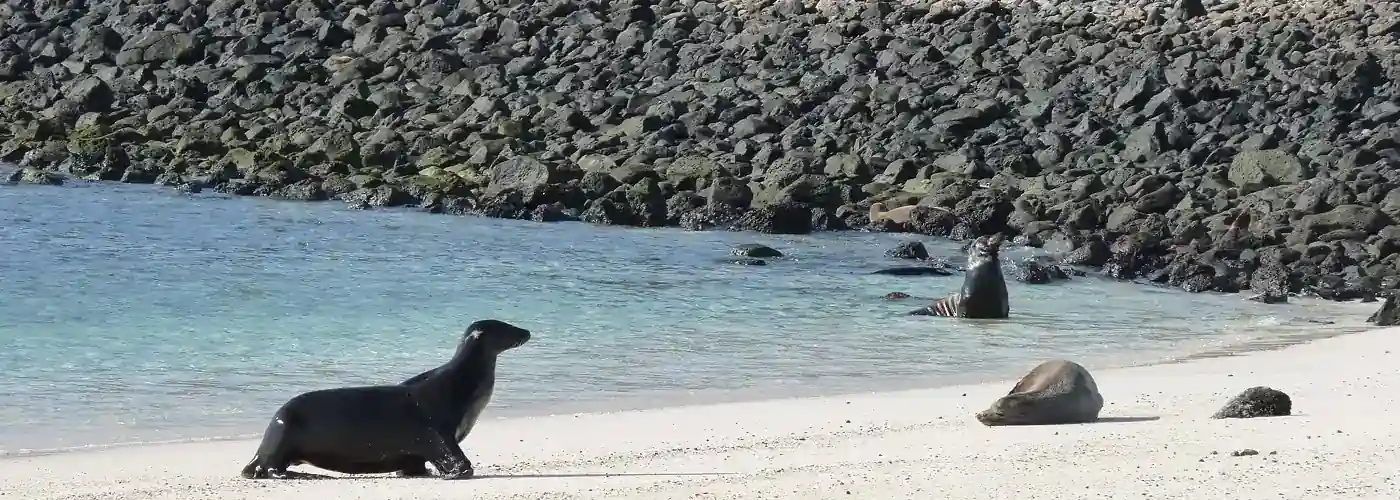8 days dive cruise yacht Humboldt Explorer
Itinerary 8 Days Galapagos Dive Cruise
- 8 days
- 2-16
Highlights of the tour
- Nesting frigatebirds
- White-tipped reef sharks
- Various species of rays (eagle, marble and stingrays)
- Diving sea lions and sea turtles
Overview
The diving yacht Humboldt Explorer takes you on a varied diving cruise through the Galapagos archipelago. During 8 days with many exciting dives you will explore the underwater world of the Galapagos Islands. You will be professionally accompanied and prepared for the dives.
You are likely to see species such as barracudas, eagle rays, whale sharks and many more.
Of course, there is also plenty of time to relax and enjoy yourself aboard the yacht.
The days on board the Humbolt Explorer usually start with a first dive at 6:30 am. This is followed by breakfast and another dive at around 10:30am. Lunch is around 12 a.m. and in the afternoon you do another dive once at 2 and once at 4:30 p.m. (On days with longer crossings between the islands, there will be 2 – 3 dives per day). Dinner is around 7 p.m.
According to the current guidelines for national parks, night dives and shore visits are strictly regulated.
At the moment, the same islands are on the itinerary every week. However, the order of the islands is dictated by the National Parks Foundation.
Itinerary
Morning – Arrival at Baltra Airport: At the mainland airport, you have purchased your TCC or Ingala card and a luggage inspection has already been carried out, ensuring that no foreign plants or animal species are introduced. Upon your arrival at Seymour Ecological airport, your TCC (Transit Control Card) will be stamped. This must be kept in a safe place during your trip, as it must be presented again on your return flight. In addition, the Galapagos National Park entrance fee must be paid upon entry (US$200), if not done previously. Your guide will meet you at the airport, help you with your luggage and will accompany you on the short bus ride to the port. Here you will board the yacht. After greeting the crew and captain, you will be assigned your cabins and then enjoy your first lunch on board.
Afternoon – Briefing: In the afternoon you will get a briefing about the dive sites, the equipment and everything else you need to know for the next days.
Meals: Lunch/Dinner
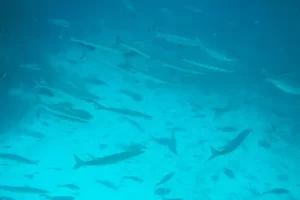
Afternoon – North Seymour: The shallow little island of North Seymour is an elevated part of the seabed. Among the scraggy bushes you can spot Galapagos iguanas. You will also see many seabirds such as the brown pelican, red-billed tropicbirds, fork-tailed gulls and, depending on the season, Nazca boobies. The main attraction, however, is Galapagos’ largest breeding colony of blue-footed boobies – be careful not to step on their nests! – and frigatebirds. Early in the breeding season, adult male frigatebirds inflate their bright red throat pouches to nearly the size of a soccer. This is followed by a longer crossing to the northern Galapagos Islands.
Meals: Breakfast/Lunch/Dinner
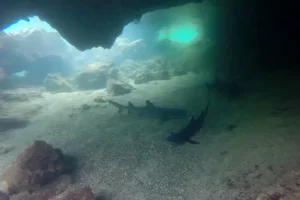
Meals: Breakfast/Lunch/Dinner
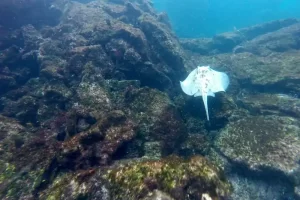
Afternoon – Darwin Island: A volcano with a height of 165 m above sea level, was named in honor of the naturalist Charles Darwin. It is one of the smallest islands in the Galapagos archipelago, and as with Wolf Island, land visits are not allowed. One of the most famous dive sites is “Darwin’s Arch”, where amazing drift diving is possible along the wall at an average depth of only 9m. Medium to strong currents and the higher water temperatures compared to the other Galapagos Islands bring many hammerhead sharks, blacktip, silky and Galapagos sharks, large schools of dolphins, large schools of skipjack and yellowfin tuna, stingrays, mobula rays and silky sharks. From June to November, it is not uncommon to encounter whale sharks several times on a single dive. The occasional tiger shark, black and blue marlins and killer whales add to the amazing diving experience. If you still have time to look for smaller creatures, you will find octopus, flounder and an enormous variety and abundance of tropical fish.
Meals: Breakfast/Lunch/Dinner

Afternoon – Wolf Island: In the afternoon you head for Wolf Island again.
Meals: Breakfast/Lunch/Dinner
Wolf Island: You will visit Wolf Island again for three more exciting dives. A long crossing to Cousin’s Rock follows.
Meals: Breakfast/Lunch/Dinner
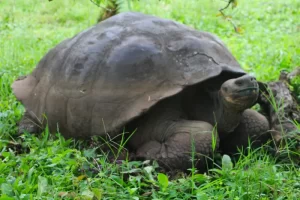
Afternoon – Highlands (Santa Cruz): After lunch, disembark the ship to visit the highlands of Santa Cruz on a private bus tour. Here you can see different species of birds such as the small and large tree finches, ground finches, Galapagos flycatchers and cattle egrets (often standing on the backs of turtles). During the drive into the island’s protected area, you can see the contrasts of this diverse ecosystem. The path leads from the coast through the agricultural land and directly to the dense wet forests. Often you will see the Galápagos giant tortoises in the middle of the path or wandering over the pastures and through the grass. This place is an ornithologist’s paradise because almost all the birds either live on the island or pass through here. Afterwards, you continue to the island of San Cristobal.
Meals: Breakfast/Lunch/Dinner
Today you will depart to Baltra and will be transferred to the airport where you will say goodbye to the guide and the crew!
Meals: Breakfast
- Included services
- Accommodation on board in a cabin with private bathroom
- All meals, water, coffee and tea
- All dives with professional instructor
- Airport transfers in Galapagos (only guaranteed if the flight is booked together with the cruise)
- For the dives: 12-L tanks for enriched air, weights, harnesses and diving equipment (personal distress
- GPS, storm whistle, dive light and signal buoy)
- Towels for bathroom and beach
- Not included services
- International flight and Galapagos flight
- Entrance fee to Galapagos National Park (USD 200 per person, subject to change)
- Transit control card (USD 20 per person, subject to change)
- Airport transfers in Galapagos (if the flight is not booked together with the cruise)
- Full diving equipment rental on site (BCD buoyancy jacket, regulator, mask, fins, 7mm wetsuit, hood, gloves, booties, dive computer and flashlight) and nitrox (USD 150 per person)
- Soft and alcoholic drinks
- Tips
- Travel insurance covering trip interruption and diving accidents
- Personal expenses
Hints
Depending on the season and the related change in ocean currents, different species can be observed underwater: Large fish from July to December and warm water fish from January to June.
Required diving skills and experience and physical condition for diving in the Galapagos Islands: In general, diving in the Galapagos is challenging due to the extreme conditions – cold water, strong currents and limited visibility – and is mainly suitable for advanced divers. We strongly recommend that divers who visit the Galapagos Islands have more than 50 logged dives. Divers should also have some experience with rough surface conditions, poor visibility, strong currents and cold water, requiring thicker wetsuits and hoods.
Multiple layers are optimal for diving in the Galapagos. A 5mm wetsuit or drysuit with a full 5mm hood, booties and gloves is a good option and will keep most divers warm. To rent a wetsuit, we need to know your size (S/M/L/XL) before you arrive in Galapagos. We rent 5 mm wetsuits.
Single travelers share a cabin with a person of the same sex, unless a single room is booked and the single supplement is paid (guaranteed single cabin). Single travelers who agree to share their cabin are exempt from the single supplement even if no other traveler joins them.
Single supplement: 80-100%.
Ask us for children or group discount.
Price not valid for Christmas and New Years´s Eve departures.
All prices are subject to change if local tax increases or other circumstances beyond our control occur.
The itinerary is subject to change at any time due to circumstances beyond our control.
In order to rent a wetsuit, we will need your clothing size (S/M/L/XL) before your arrival in Galapagos. Standard wetsuits with a thickness of 3 mm are rented.
Travel Insurance:
To protect your travel investment, we highly recommend the purchase of travel insurance. Travel insurance is intended to cover medical expenses, trip interruption and cancellation, theft and other losses incurred while traveling domestically or internationally.
Visa and Entry Requirements:
Ecuador requires a valid passport (with a minimum 6 months validity). Contact your local embassy or consulate for the most up-to-date visa requirements.
8 days dive cruise yacht Humboldt Explorer
From US$ 5080 p.p.
Get in touch:

Dayana Arias Leon
- +593 (0)2 2194333
- hello@soleq.travel
Other interesting cruises
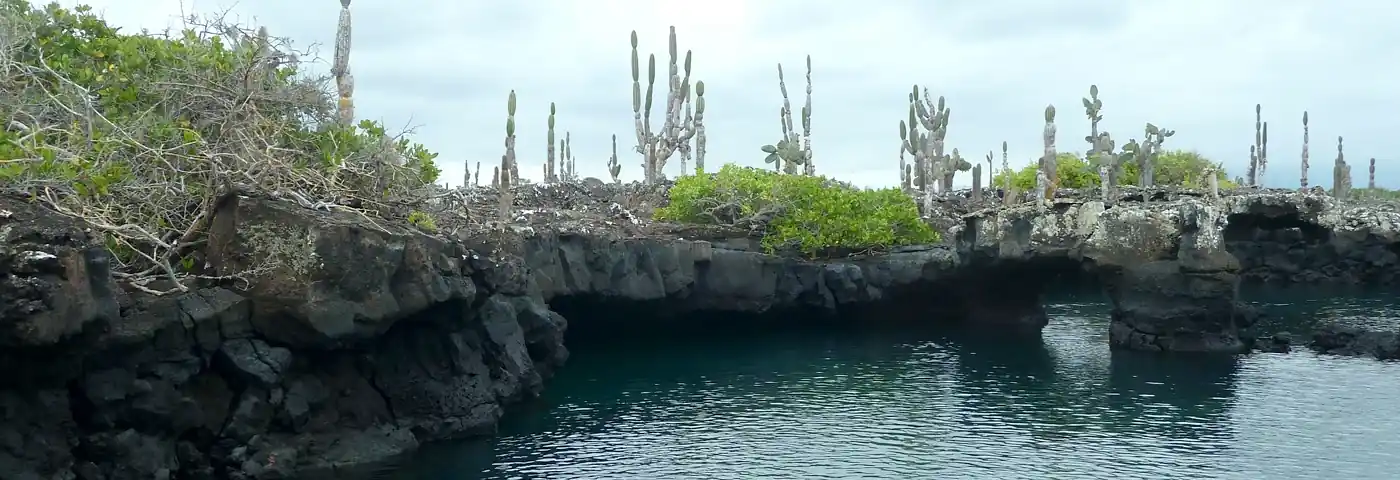

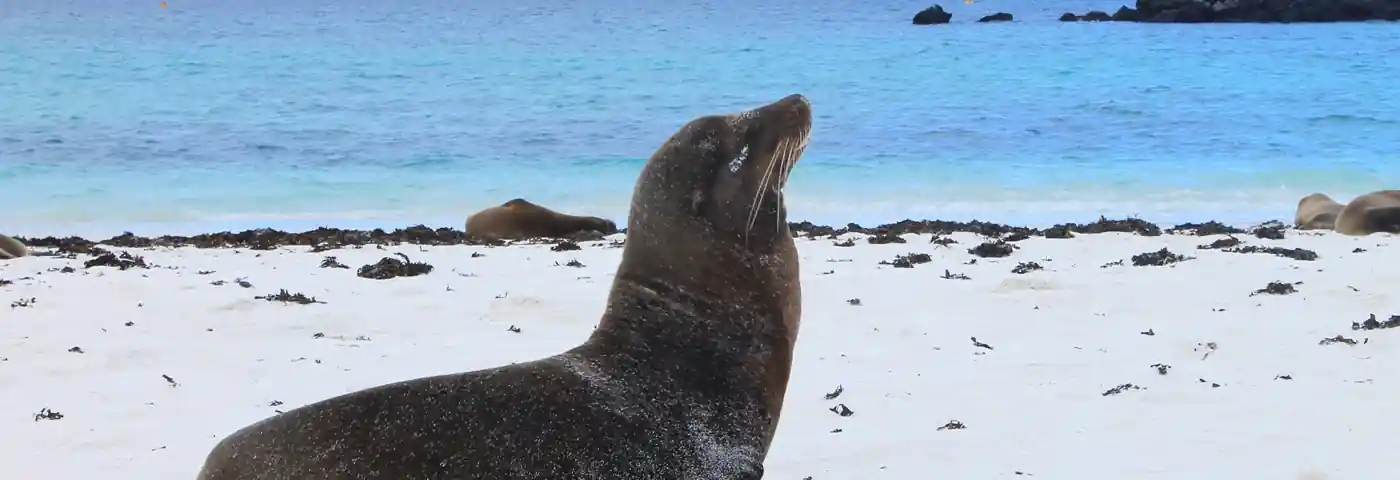


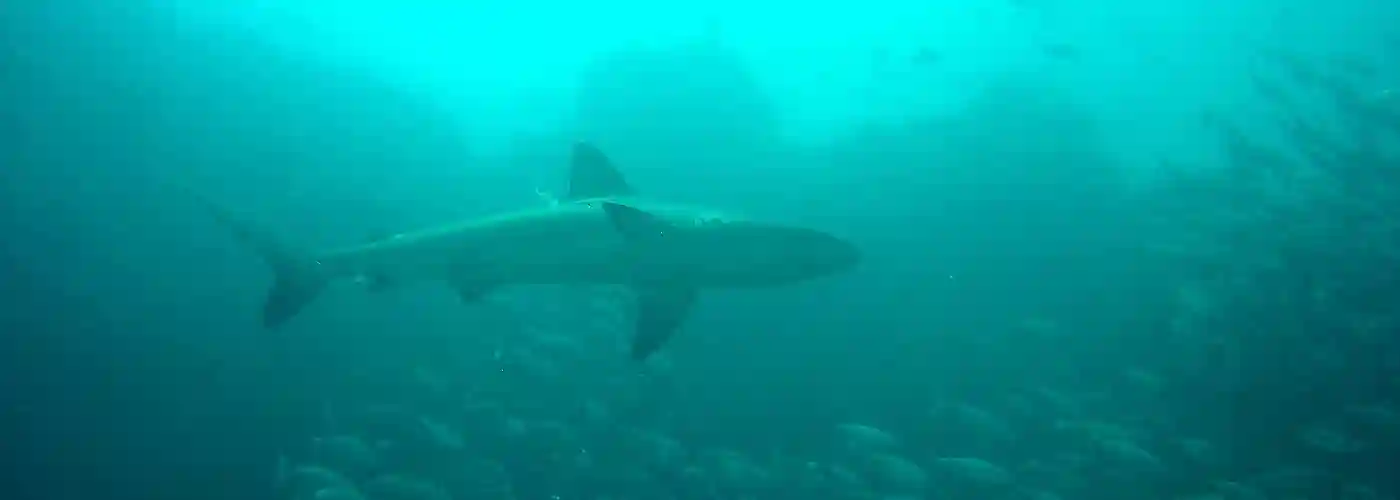
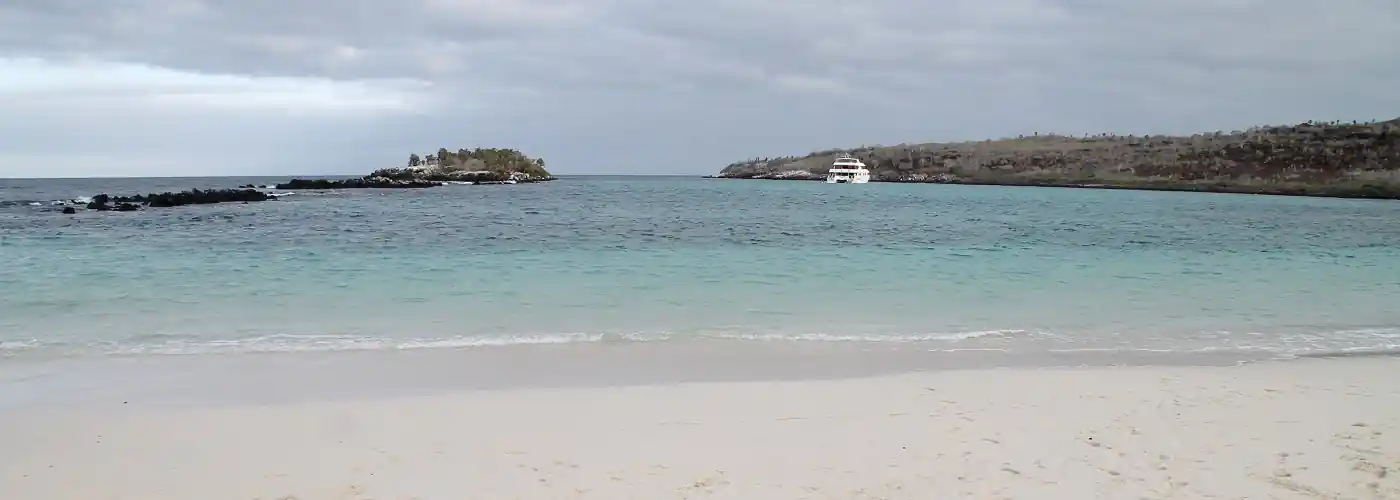
- 8 days
